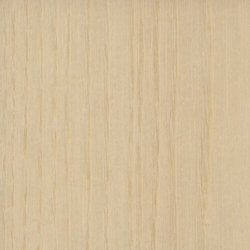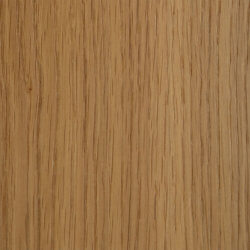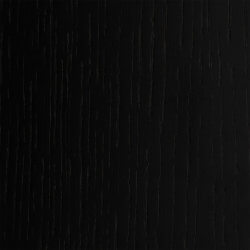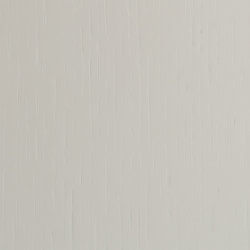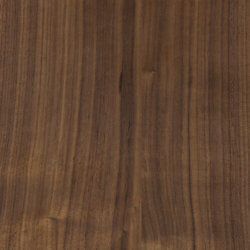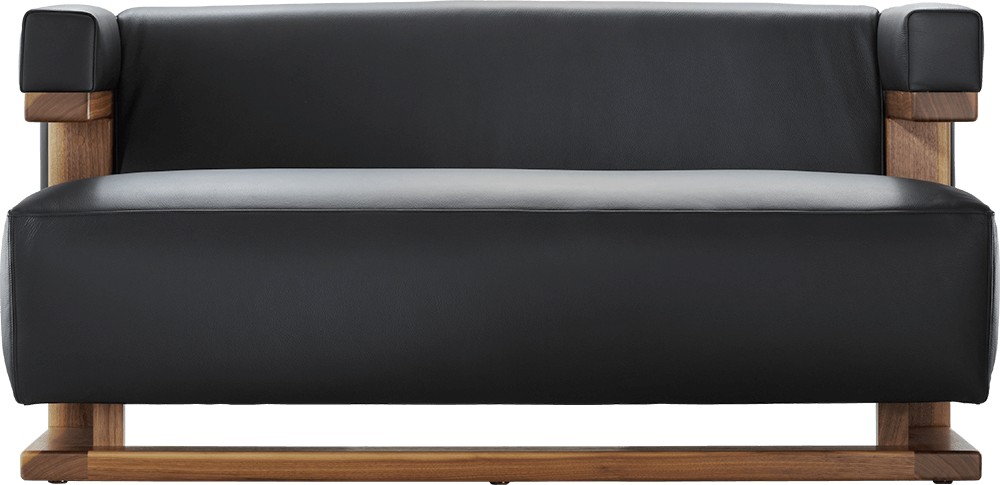
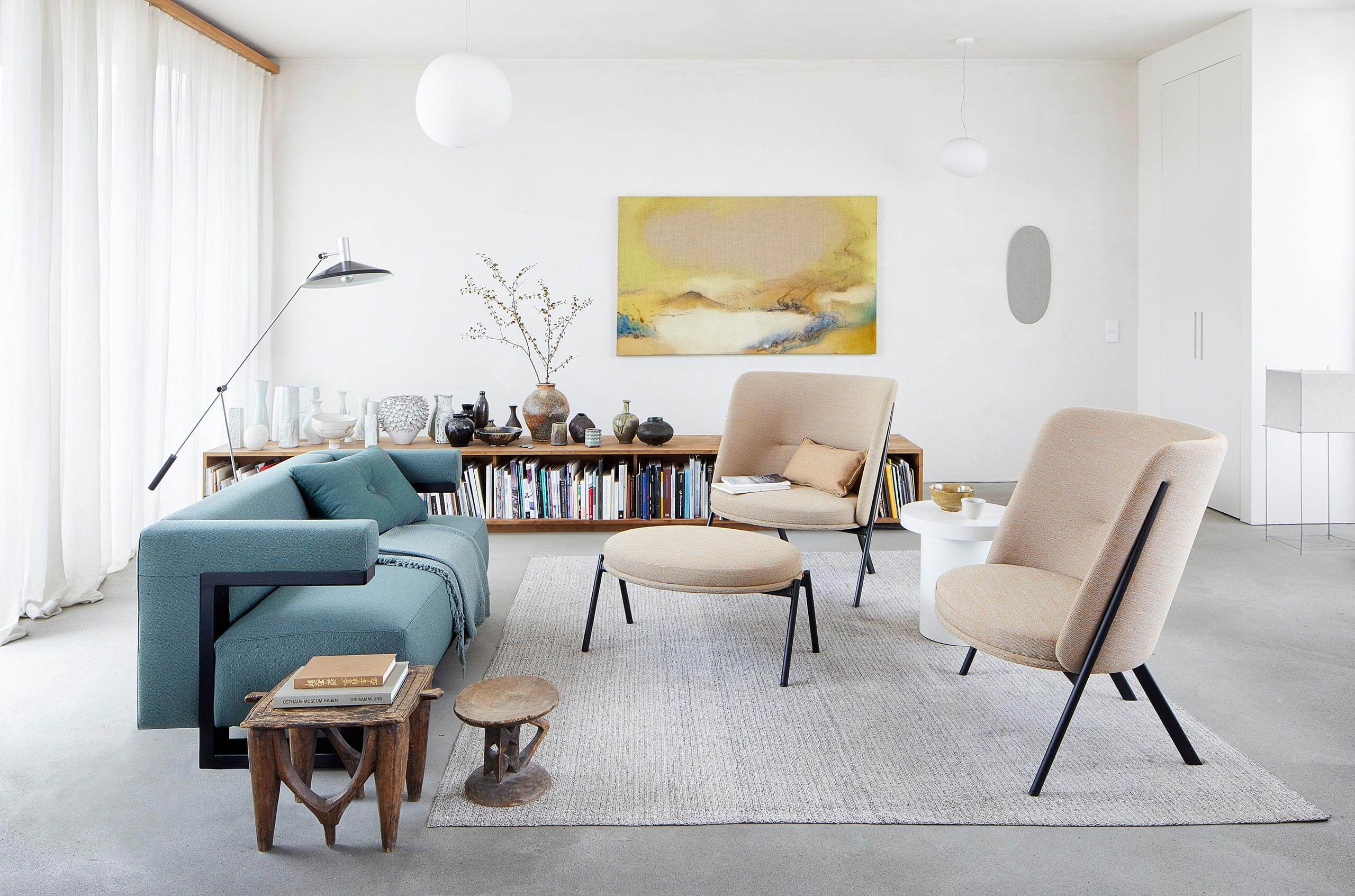
F51-2
Defying gravity and overcoming the earth’s inertia
Gropius’ two-seater F51-2 sofa and the F51-3 three-seater version evolved organically out of the F51 cube armchair in the director’s room of the Weimar Bauhaus. The floating cushions catch the eye alternately, as does the signature cantilever design which encompasses the upholstery – one could almost say, permeates it. The F51-2 and F51-3 sofas have close ties with Tecta. Erich Brendel corresponded with the company and was able to confirm that the F51 armchair already stood in the director’s room in the spring of 1920, but not the sofa.
+ read more
- einklappen
There only exist a few photographs of the sofa group itself documenting the three-seater sofa. Tecta’s Axel Bruchhäuser recalls: “There is a photograph showing J. J. Pieter Oud, the Dutch De Stijl artist, with Wassily Kandinsky and Walter Gropius in the middle. It took the eyes of a detective to see that it was the three-seater.” Tecta also developed the elegant two-seater following the faithful reedition of the three-seater. In doing so, it pursued the programme of Walter Gropius’ constructivist modernism with the same radicality.
Axel Bruchhäuser, a Tecta partner since 1972, sees this as the dawn of a new era: “They started at zero after the complete moral, material and intellectual destruction wrought by the Great War. By founding the Bauhaus in 1919, he wanted to free himself from old conventions, rethink everything and be completely open for anything new.” In view of this radical entry into modernity, we really need to keep in mind that this new movement itself is now almost a century old.
One of the most impressive concepts is that of the cantilever chair championed at the Bauhaus, which builds a bridge all the way to El Lissitzky’s Cloud Irons of 1924. The radically new assumes a tangible form. Walter Gropius said: The goal of modern architecture is “to defy gravity and overcome the earth’s inertia in impression and appearance.” And this is a living example.
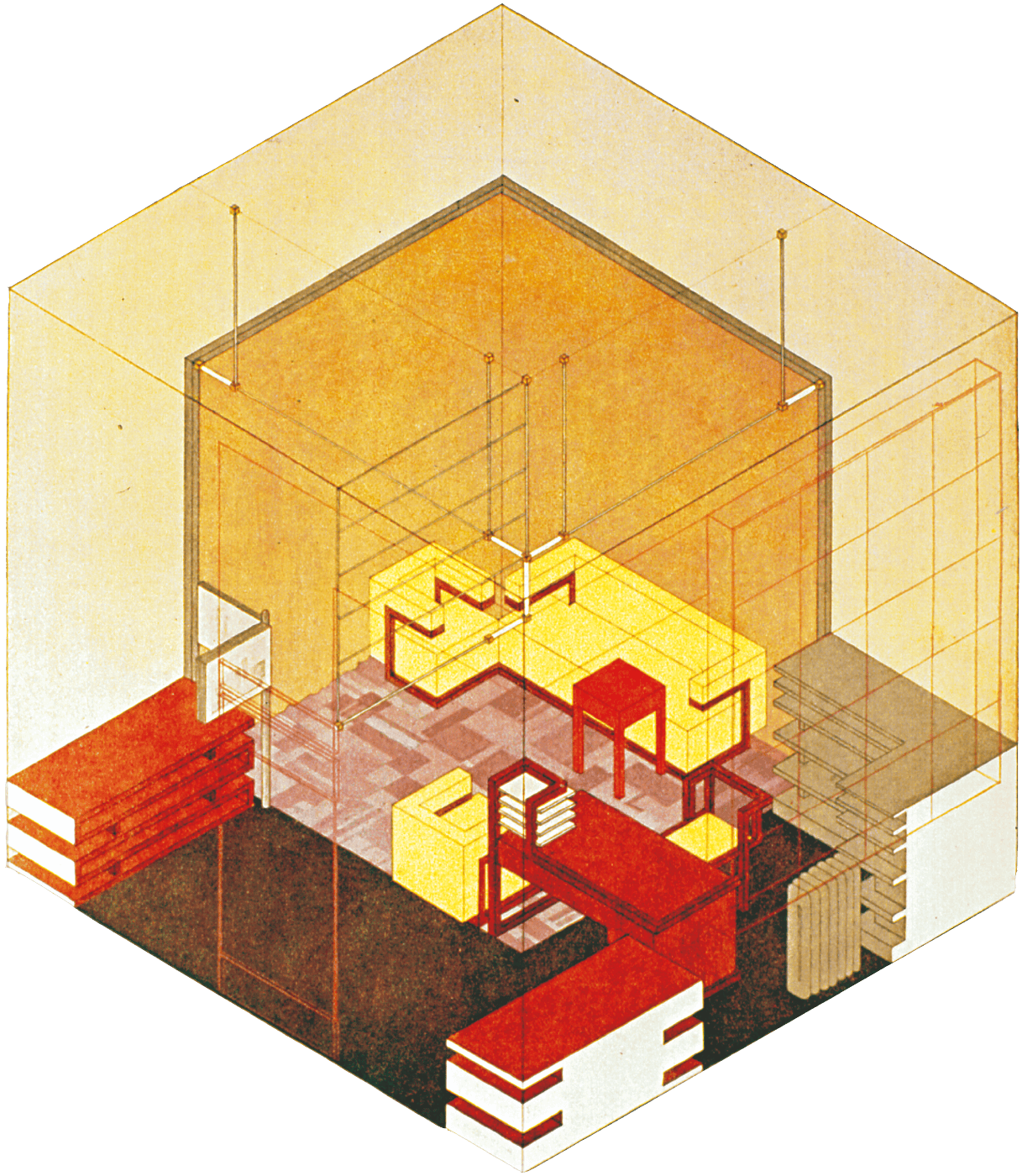
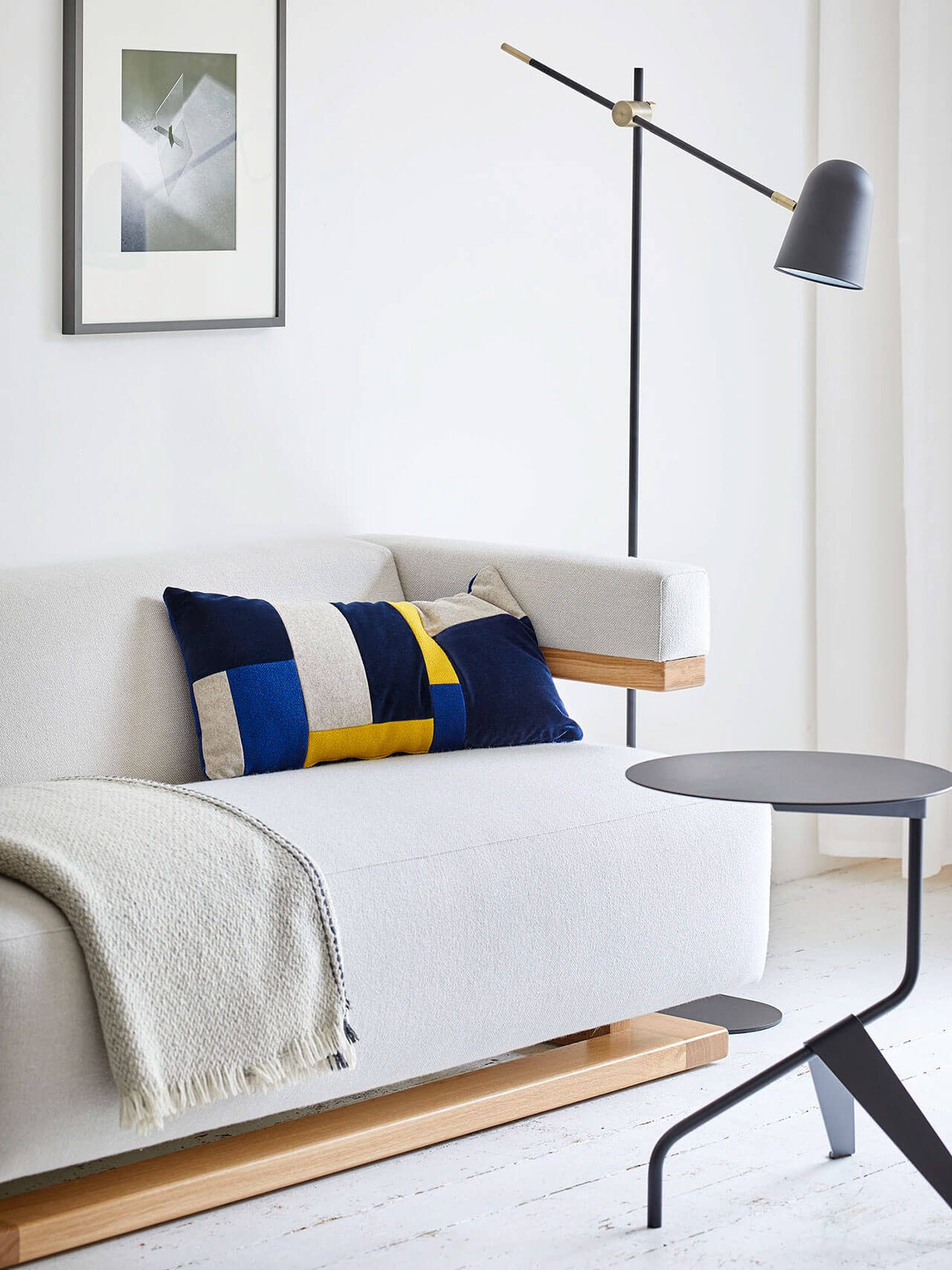
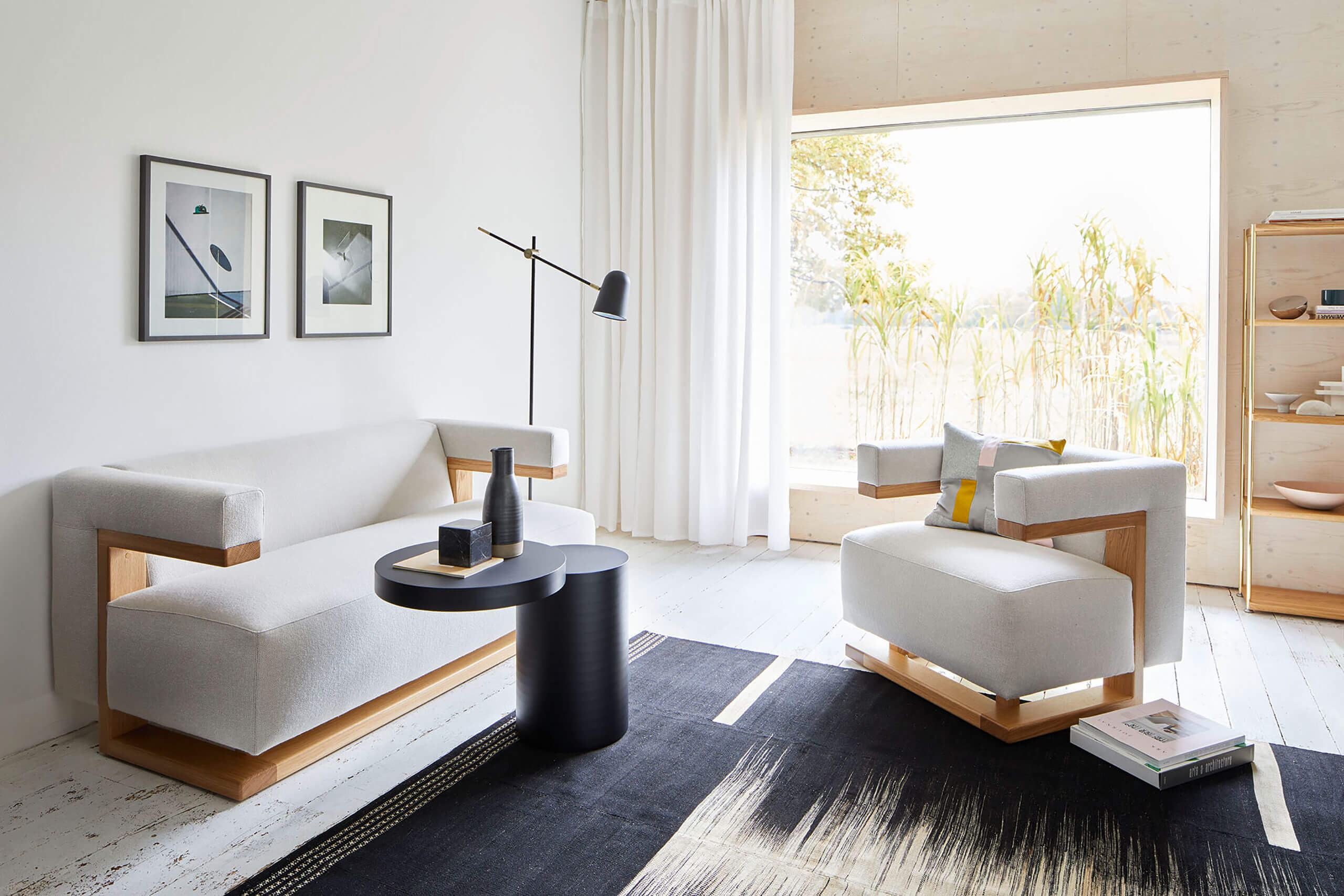
Kavallerie-Tuch (Fabric I)
-
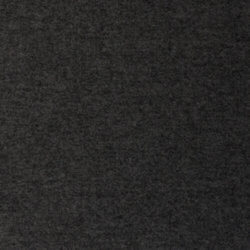
Kavallerie-Tuch
anthrazit / anthracite -

Kavallerie-Tuch
rot / red -
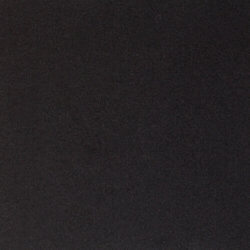
Kavallerie-Tuch
schwarz / black -
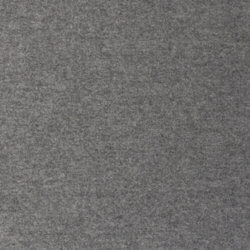
Kavallerie-Tuch
silbergrau / silver grey
more colours
less colours
Celia - (Fabric I)
-
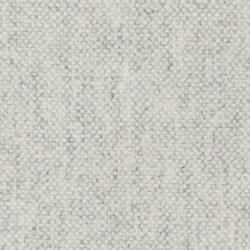
Celia
0201 -
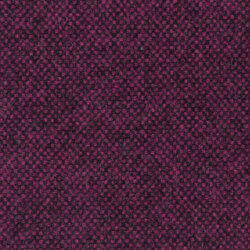
Celia
0202 -
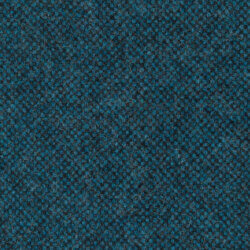
Celia
0203 -
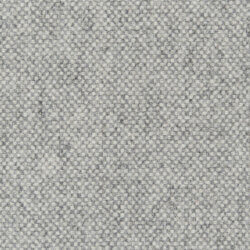
Celia
0204 -
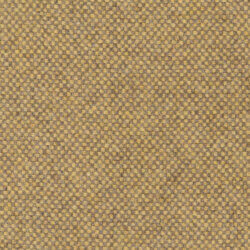
Celia
0205 -
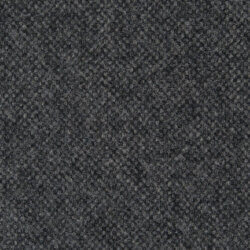
Celia
0206 -
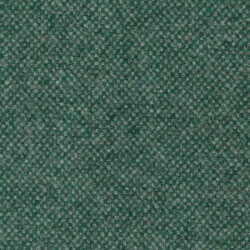
Celia
0207 -
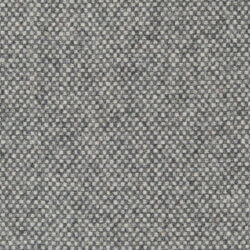
Celia
0208 -
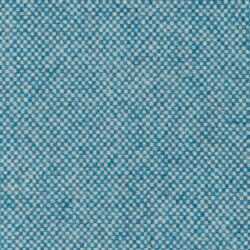
Celia
0209 -
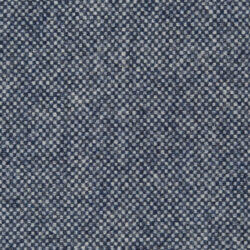
Celia
0210 -
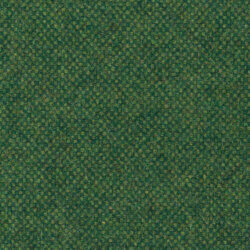
Celia
0211 -
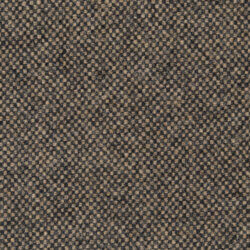
Celia
0212 -
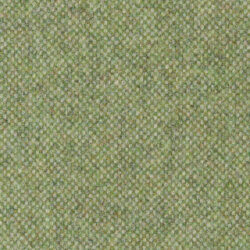
Celia
0213 -
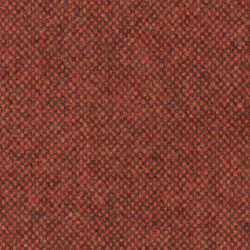
Celia
0214 -
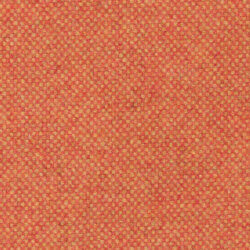
Celia
0215 -
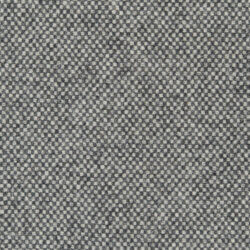
Celia
0216 -
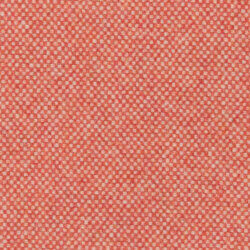
Celia
0217 -
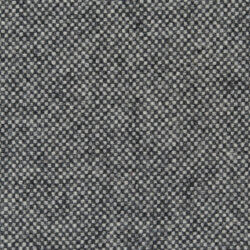
Celia
0218 -
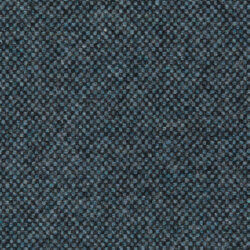
Celia
0219 -
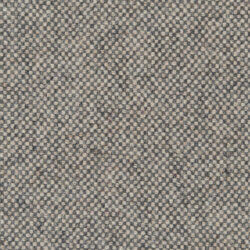
Celia
0220 -
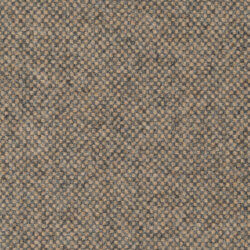
Celia
0221 -
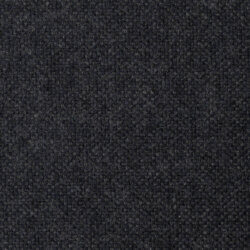
Celia
500 -
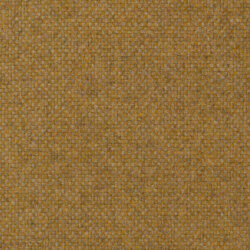
Celia
501 -
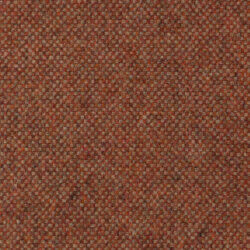
Celia
502 -
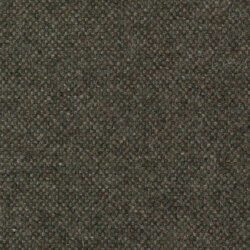
Celia
503
more colours
less colours
Dama - (Fabric I)
-
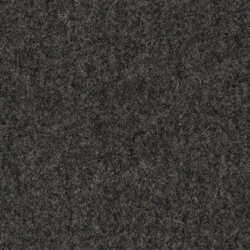
Dama
02 -
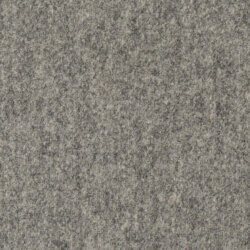
Dama
03 -
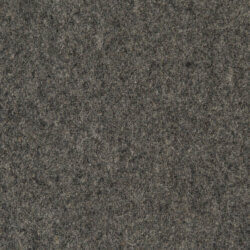
Dama
04 -
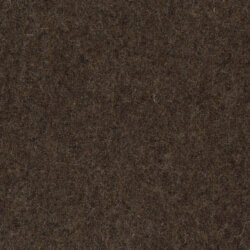
Dama
08 -

Dama
12 -

Dama
14 -
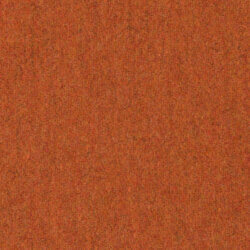
Dama
15 -
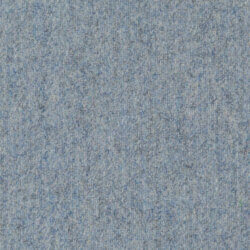
Dama
16 -
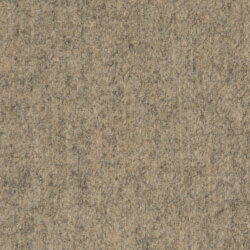
Dama
17 -

Dama
18 -

Dama
19 -

Dama
20 -
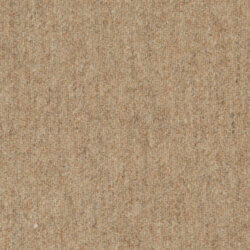
Dama
21 -
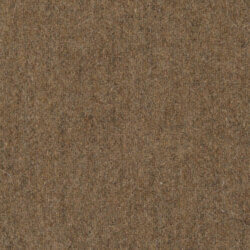
Dama
22 -

Dama
23 -

Dama
24 -

Dama
25 -

Dama
26 -

Dama
27 -

Dama
28 -
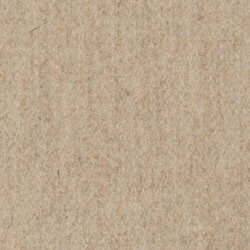
Dama
29 -
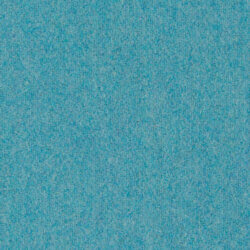
Dama
30 -

Dama
31 -
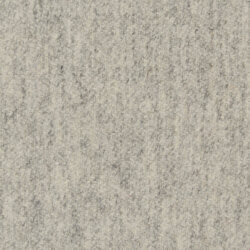
Dama
32 -
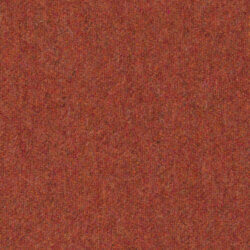
Dama
33 -

Dama
34 -

Dama
35 -

Dama
36 -

Dama
37 -
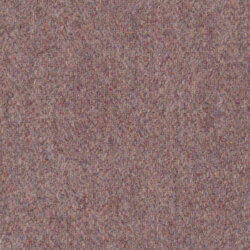
Dama
38 -
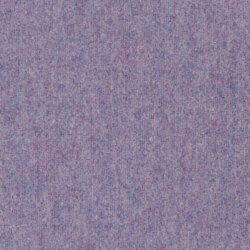
Dama
39 -
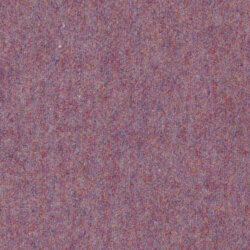
Dama
40 -

Dama
41 -

Dama
42 -
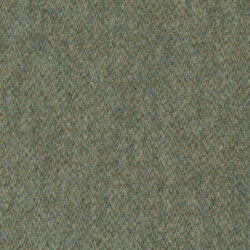
Dama
43 -
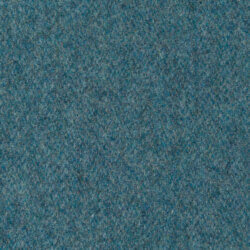
Dama
44 -
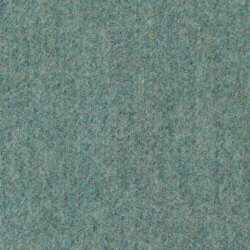
Dama
45 -
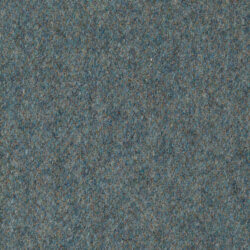
Dama
46 -
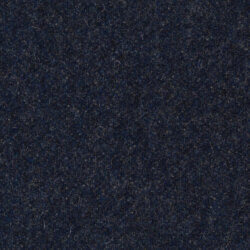
Dama
47 -

Dama
48 -
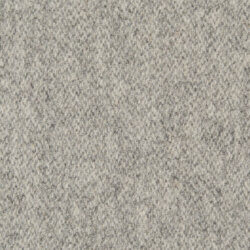
Dama
49 -

Dama
50 -
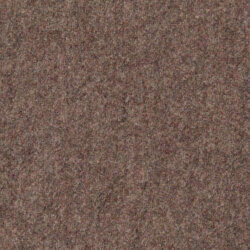
Dama
51 -

Dama
52 -

Dama
53 -
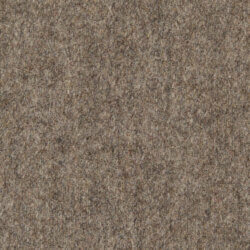
Dama
54 -
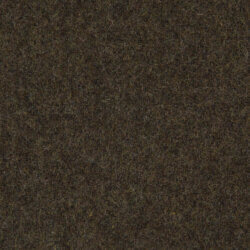
Dama
55 -
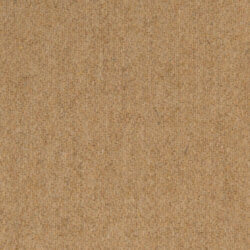
Dama
56 -
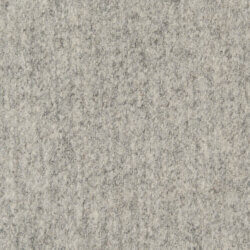
Dama
57 -
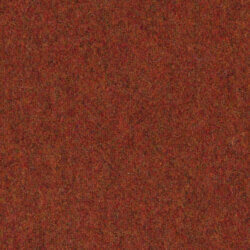
Dama
58 -

Dama
59 -
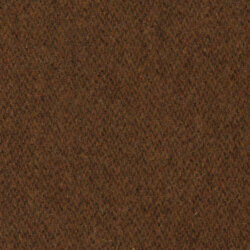
Dama
60 -

Dama
61 -
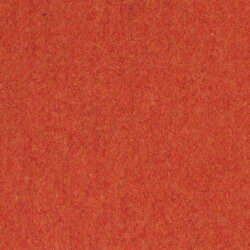
Dama
62 -

Dama
63 -
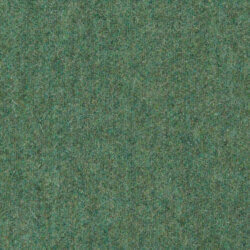
Dama
64 -
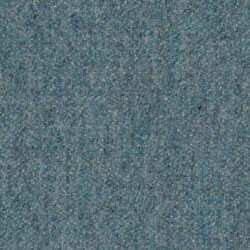
Dama
69 -
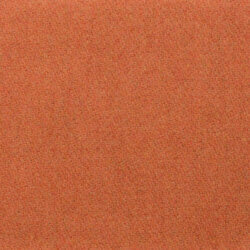
Dama
70 -

Dama
71 -
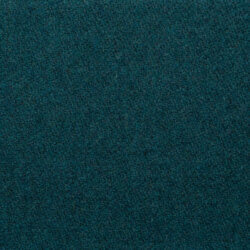
Dama
73 -
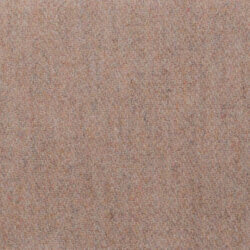
Dama
74 -
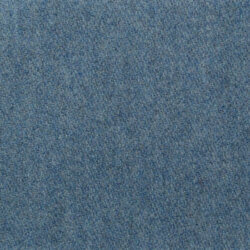
Dama
75 -
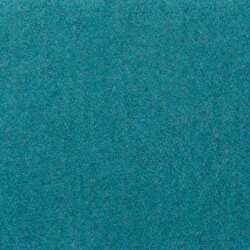
Dama
76 -
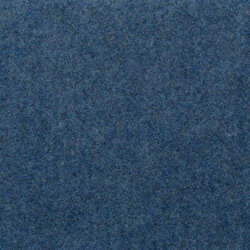
Dama
77 -

Dama
78 -

Dama
79 -
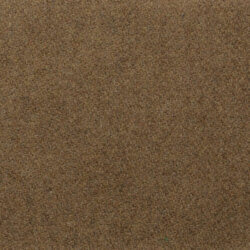
Dama
80 -
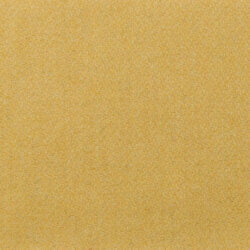
Dama
81 -

Dama
82 -
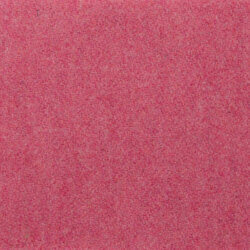
Dama
83 -
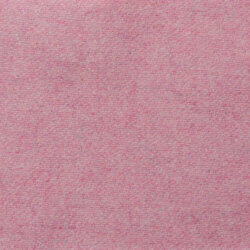
Dama
84
more colours
less colours
Hallingdal 65 - (Fabric II)
-
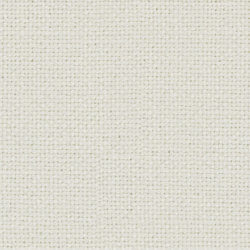
Hallingdal 65
0100 -
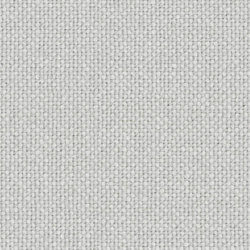
Hallingdal 65
0103 -
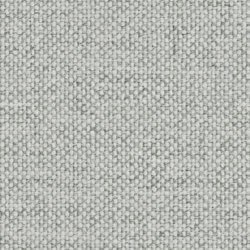
Hallingdal 65
0110 -
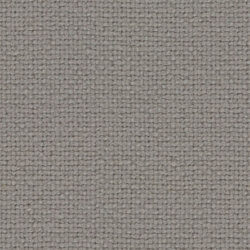
Hallingdal 65
0113 -
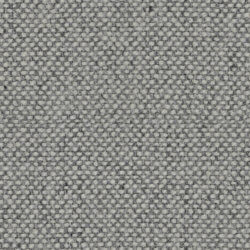
Hallingdal 65
0116 -
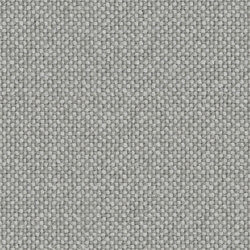
Hallingdal 65
0123 -
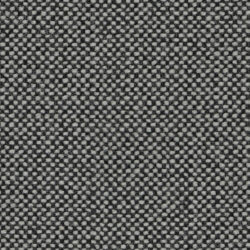
Hallingdal 65
0126 -
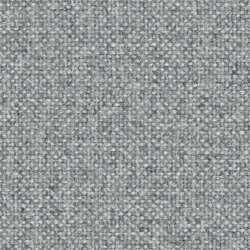
Hallingdal 65
0130 -
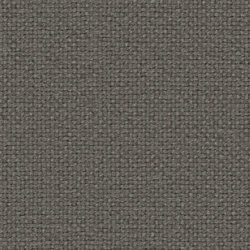
Hallingdal 65
0143 -
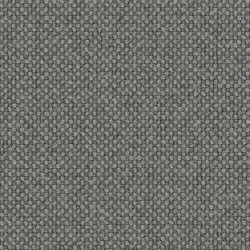
Hallingdal 65
0153 -
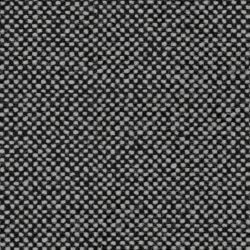
Hallingdal 65
0166 -
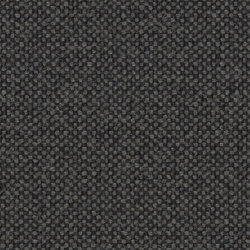
Hallingdal 65
0173 -
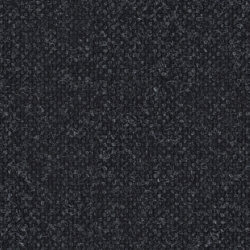
Hallingdal 65
0180 -

Hallingdal 65
0190 -
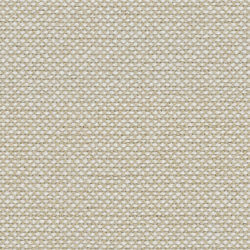
Hallingdal 65
0200 -
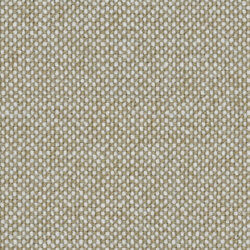
Hallingdal 65
0220 -
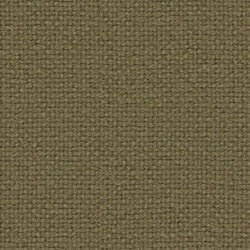
Hallingdal 65
0224 -
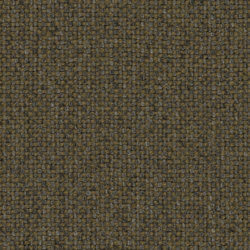
Hallingdal 65
0227 -
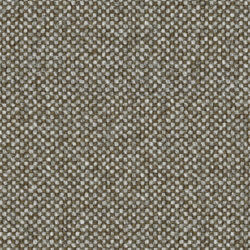
Hallingdal 65
0270 -
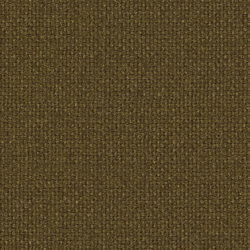
Hallingdal 65
0350 -
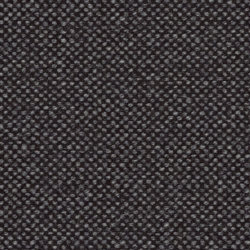
Hallingdal 65
0368 -
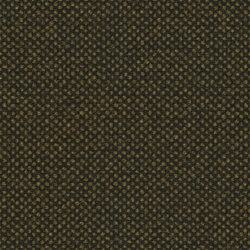
Hallingdal 65
0370 -
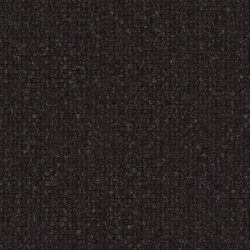
Hallingdal 65
0376 -
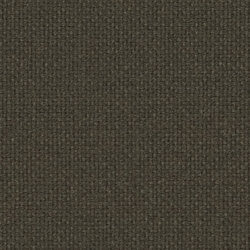
Hallingdal 65
0390 -
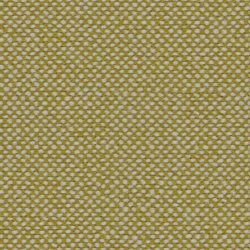
Hallingdal 65
0407 -
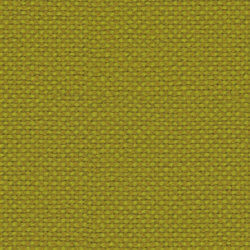
Hallingdal 65
0420 -
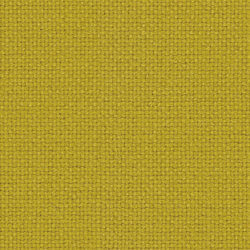
Hallingdal 65
0457 -
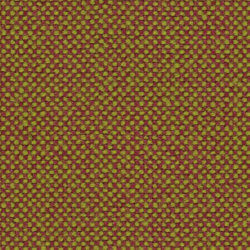
Hallingdal 65
0526 -
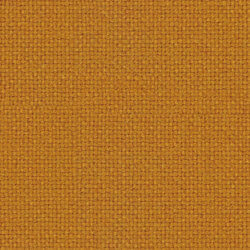
Hallingdal 65
0547 -

Hallingdal 65
0563 -

Hallingdal 65
0573 -
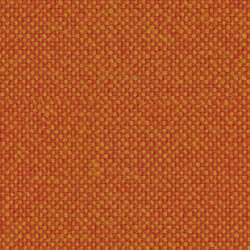
Hallingdal 65
0590 -
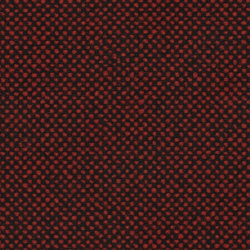
Hallingdal 65
0596 -
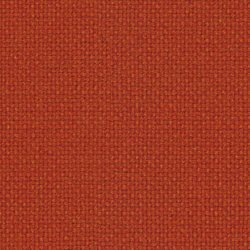
Hallingdal 65
0600 -
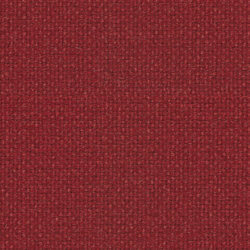
Hallingdal 65
0657 -

Hallingdal 65
0660 -
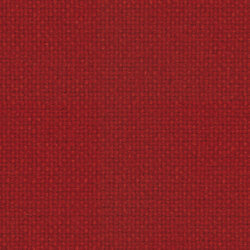
Hallingdal 65
0674 -

Hallingdal 65
0680 -
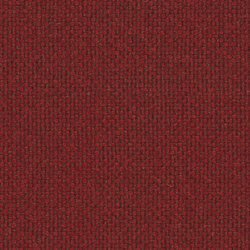
Hallingdal 65
0687 -

Hallingdal 65
0694 -

Hallingdal 65
0702 -
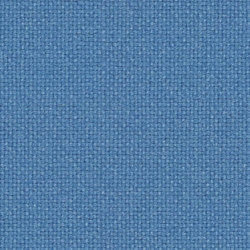
Hallingdal 65
0723 -
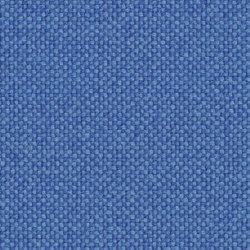
Hallingdal 65
0733 -
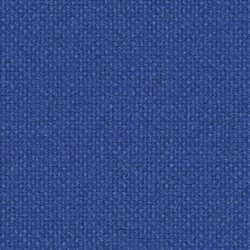
Hallingdal 65
0750 -
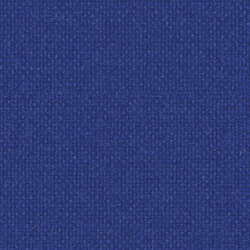
Hallingdal 65
0753 -
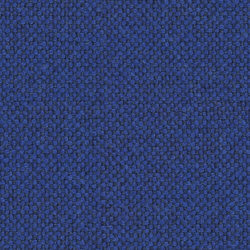
Hallingdal 65
0754 -
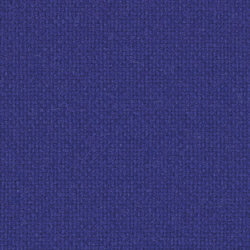
Hallingdal 65
0763 -
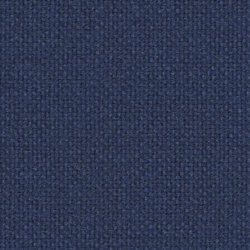
Hallingdal 65
0764 -
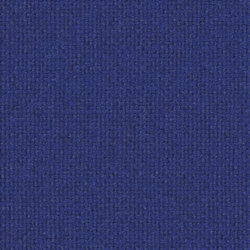
Hallingdal 65
0773 -
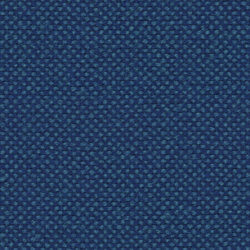
Hallingdal 65
0810 -
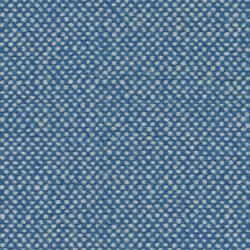
Hallingdal 65
0840 -
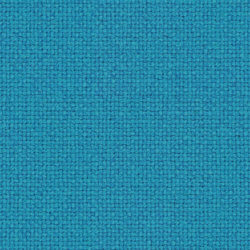
Hallingdal 65
0850 -
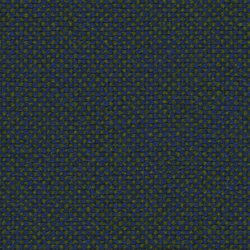
Hallingdal 65
0890 -
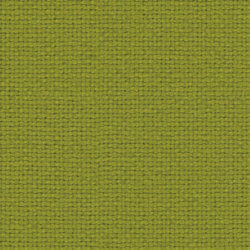
Hallingdal 65
0907 -

Hallingdal 65
0944 -
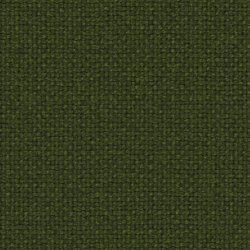
Hallingdal 65
0960 -
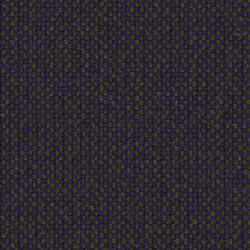
Hallingdal 65
0968 -
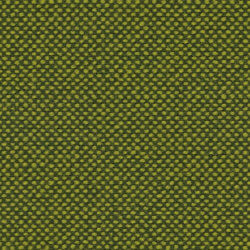
Hallingdal 65
0980
more colours
less colours
Divina Melange 3 - (Fabric II)
-
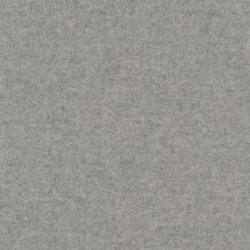
Divina Melange 3
0120 -
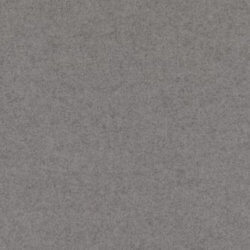
Divina Melange 3
0147 -

Divina Melange 3
0170 -

Divina Melange 3
0180 -
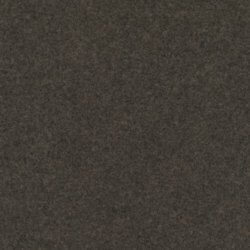
Divina Melange 3
0227 -
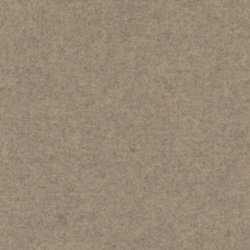
Divina Melange 3
0237 -
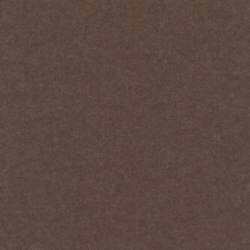
Divina Melange 3
0260 -
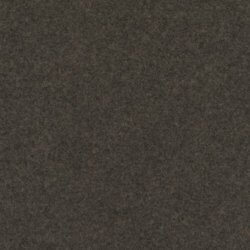
Divina Melange 3
0277 -

Divina Melange 3
0280 -
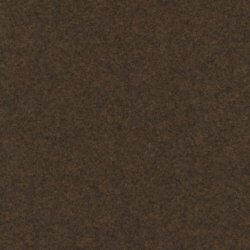
Divina Melange 3
0367 -
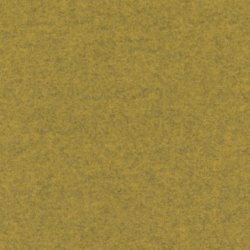
Divina Melange 3
0427 -

Divina Melange 3
0457 -
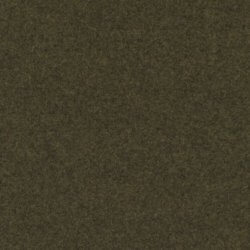
Divina Melange 3
0467 -
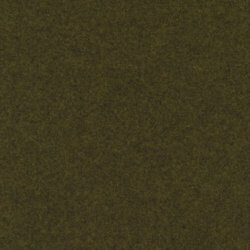
Divina Melange 3
0471 -
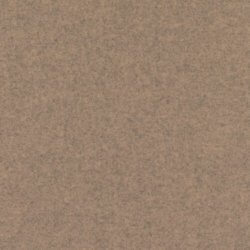
Divina Melange 3
0517 -
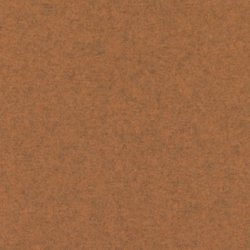
Divina Melange 3
0527 -
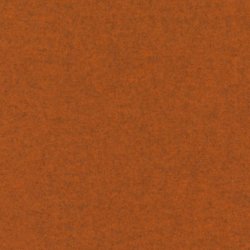
Divina Melange 3
0547 -

Divina Melange 3
0557 -

Divina Melange 3
0567 -

Divina Melange 3
0571 -

Divina Melange 3
0581 -

Divina Melange 3
0597 -

Divina Melange 3
0617 -

Divina Melange 3
0620 -
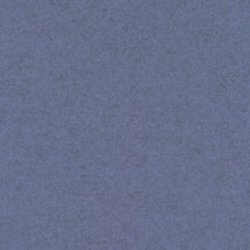
Divina Melange 3
0647 -

Divina Melange 3
0677 -
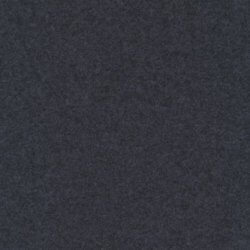
Divina Melange 3
0687 -

Divina Melange 3
0731 -

Divina Melange 3
0747 -

Divina Melange 3
0757 -

Divina Melange 3
0777 -

Divina Melange 3
0787 -

Divina Melange 3
0821 -

Divina Melange 3
0871 -
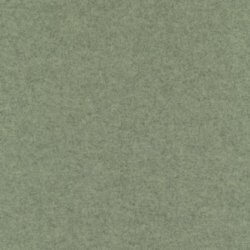
Divina Melange 3
0917 -
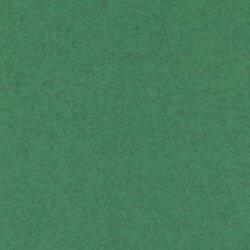
Divina Melange 3
0937 -
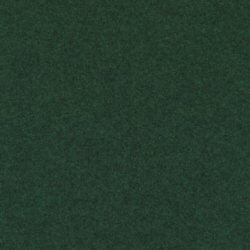
Divina Melange 3
0967 -
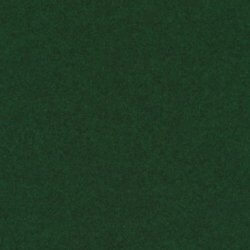
Divina Melange 3
0977
more colours
less colours
Vidar 4 - (Fabric II)
-

Vidar 4
C0743 -
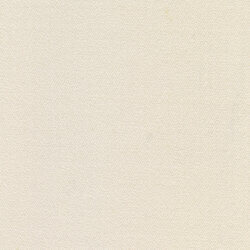
Vidar 4
C0106 -
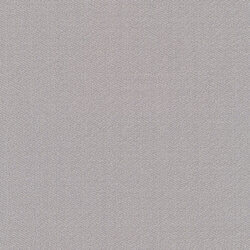
Vidar 4
C0123 -
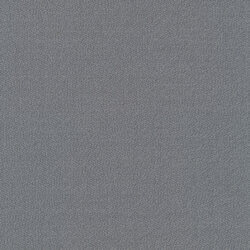
Vidar 4
C0133 -
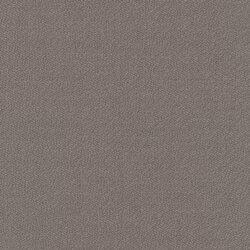
Vidar 4
C0143 -
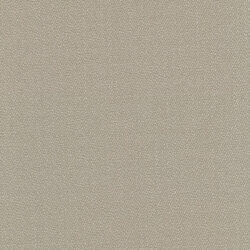
Vidar 4
C0146 -
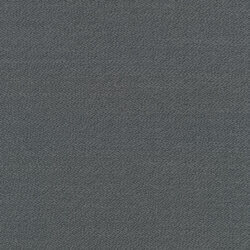
Vidar 4
C0152 -

Vidar 4
C0182 -
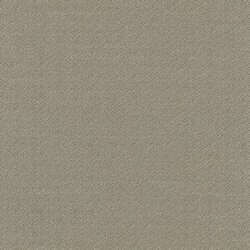
Vidar 4
C0222 -

Vidar 4
C0323 -
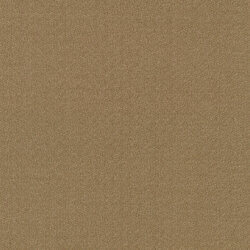
Vidar 4
C0333 -
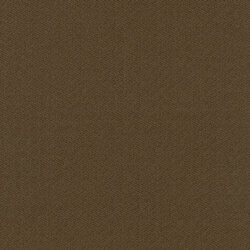
Vidar 4
C0353 -
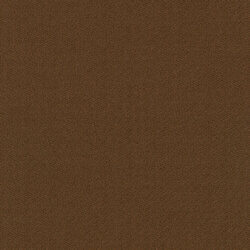
Vidar 4
C0363 -

Vidar 4
C0386 -
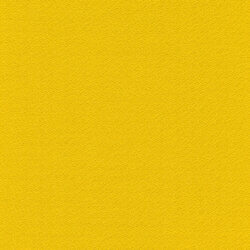
Vidar 4
C0443 -

Vidar 4
C0456 -
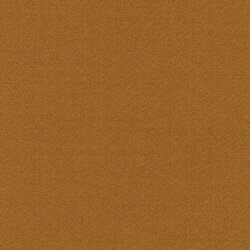
Vidar 4
C0472 -

Vidar 4
C0526 -

Vidar 4
C0542 -

Vidar 4
C0554 -

Vidar 4
C0556 -

Vidar 4
C0582 -

Vidar 4
C0622 -

Vidar 4
C0633 -

Vidar 4
C0653 -

Vidar 4
C0656 -

Vidar 4
C0676 -

Vidar 4
C0693 -

Vidar 4
C0723 -

Vidar 4
C0733 -

Vidar 4
C0772 -

Vidar 4
C0786 -

Vidar 4
C0872 -
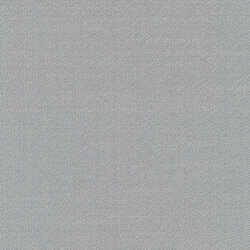
Vidar 4
C0913 -

Vidar 4
C0932 -
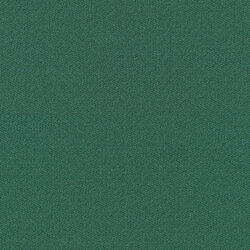
Vidar 4
C0943 -

Vidar 4
C0956 -

Vidar 4
C0972 -

Vidar 4
C1062 -

Vidar 4
C1511 -

Vidar 4
C1880
more colours
less colours
ARCO (Fabric II)
-
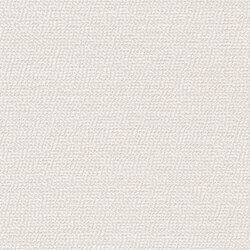
ARCO
Snow -
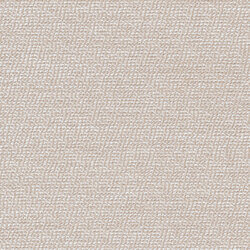
ARCO
Jasmin -
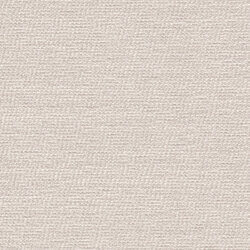
ARCO
Calla -
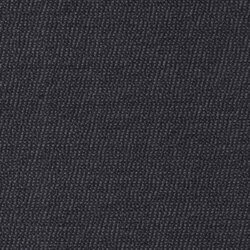
ARCO
Lanoso -
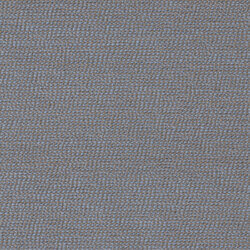
ARCO
Coast -
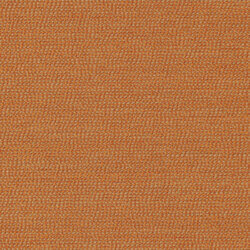
ARCO
Safran -

ARCO
Ebony -
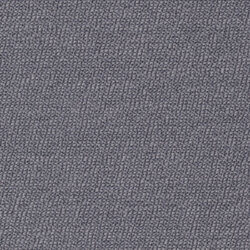
ARCO
Kies -
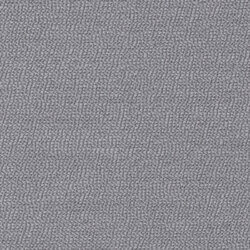
ARCO
Fels -
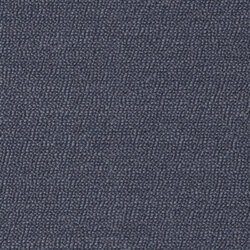
ARCO
Carbon -
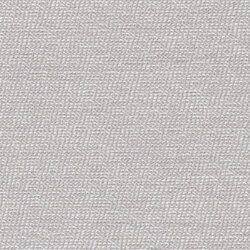
ARCO
Arctic -
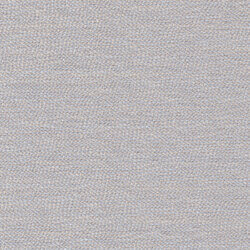
ARCO
Ice -
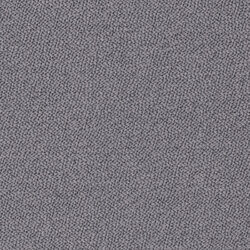
ARCO
Gravel -
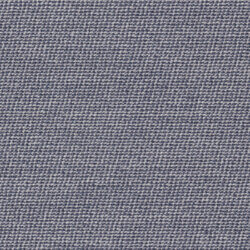
ARCO
Pebble -
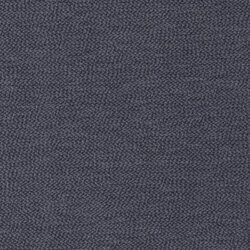
ARCO
Asphalt -
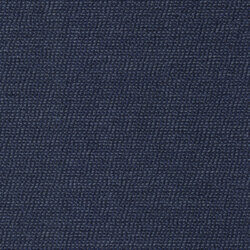
ARCO
Mountain -

ARCO
Ink -
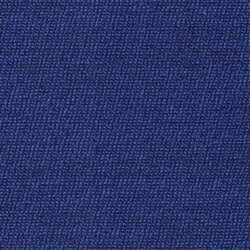
ARCO
Cobalt -
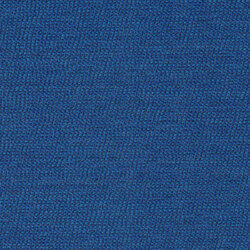
ARCO
Mare -
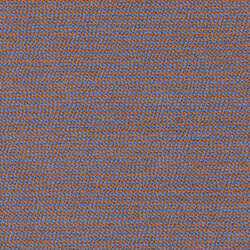
ARCO
Vivid -
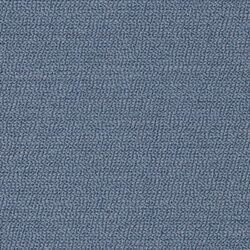
ARCO
Azur -
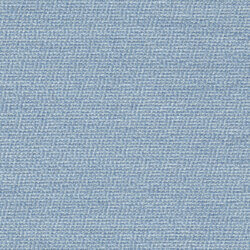
ARCO
Breeze -
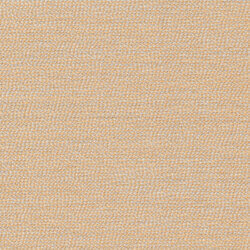
ARCO
Birch -

ARCO
Citron -
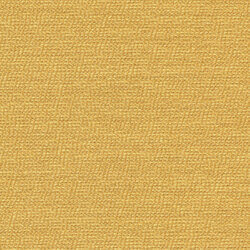
ARCO
Corn -
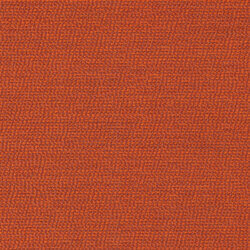
ARCO
Sunset -
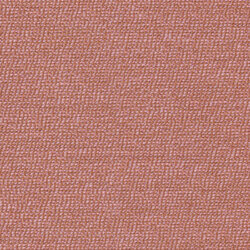
ARCO
Blossom -
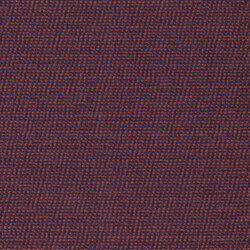
ARCO
Magma -
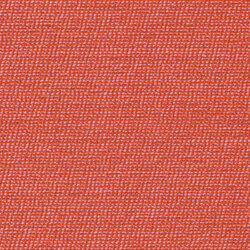
ARCO
Guave -

ARCO
Fire -

ARCO
Magenta -
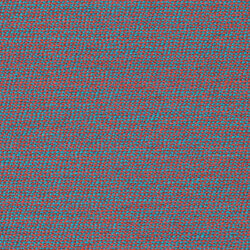
ARCO
Samba -

ARCO
Cherry -

ARCO
Circus -
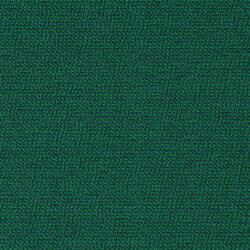
ARCO
Garden -
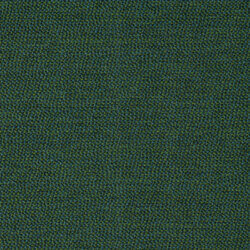
ARCO
Forest -
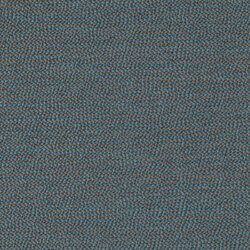
ARCO
Pond -
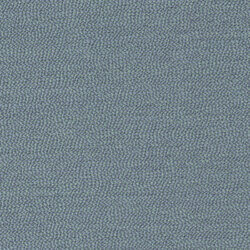
ARCO
Aqua -
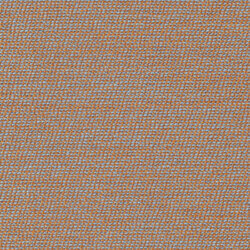
ARCO
Jade -
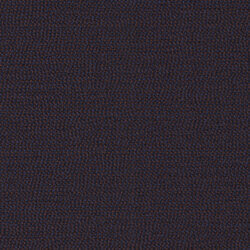
ARCO
Secret -
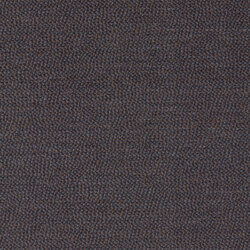
ARCO
Espresso -
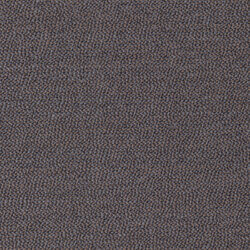
ARCO
Truffle -
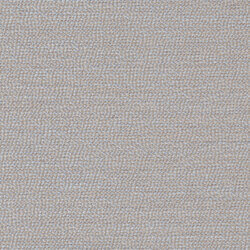
ARCO
Nube -
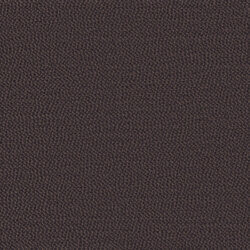
ARCO
Coffee
more colours
less colours
Leather I
-

Leather I
anthrazit / anthracite -
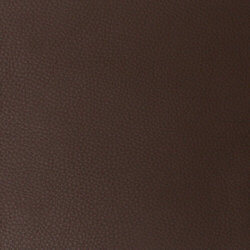
Leather I
braun / brown -

Leather I
schwarzbraun / black-brown -
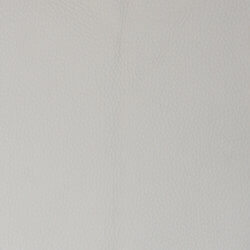
Leather I
cremeweiss / cream white -
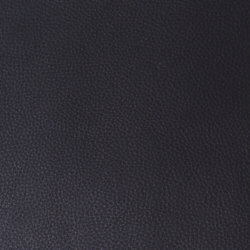
Leather I
dunkelblau / dark blue -
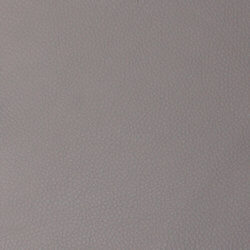
Leather I
grau / grey -
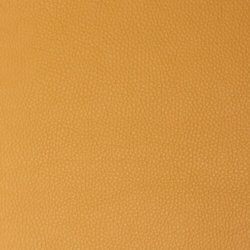
Leather I
honig / honey -

Leather I
oxfordgruen / oxford green -

Leather I
oxidrot / oxide red -

Leather I
reinweiss / pure white -

Leather I
rot / red -
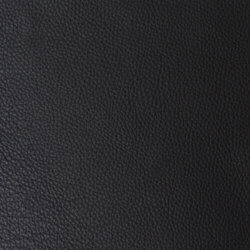
Leather I
schwarz / black -
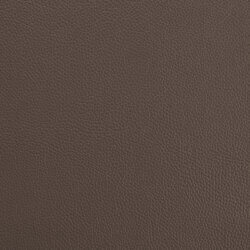
Leather I
taupe / taupe
more colours
less colours
Leather II
-

Leather II
aubergine / aubergine -

Leather II
azurblau / azure blue -
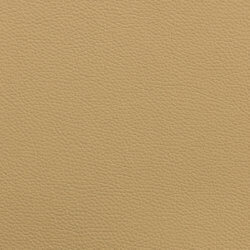
Leather II
beige / beige -

Leather II
bianco / bianco -

Leather II
blau / blue -

Leather II
bordeaux / bordeaux -

Leather II
carbon / carbon -
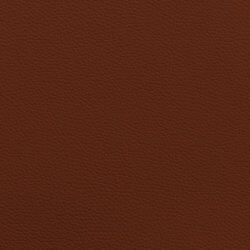
Leather II
chestnut / chestnut -
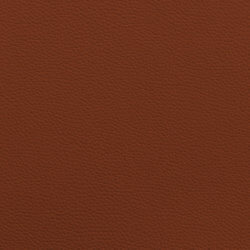
Leather II
cognac / cognac -
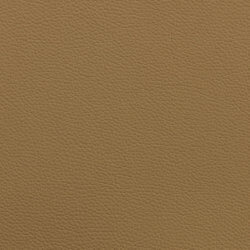
Leather II
crema / crema -
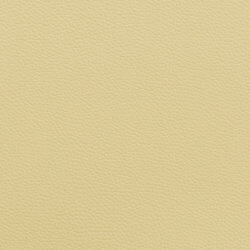
Leather II
creme / crea -

Leather II
grün / green -

Leather II
hasel / hazel -

Leather II
kaminrot / chimney red -

Leather II
mustang / mustang -
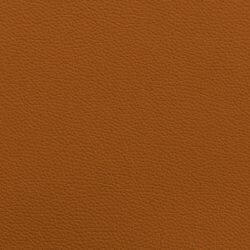
Leather II
natur / nature -
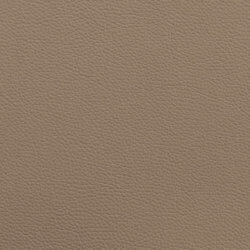
Leather II
platingrau / platinum grey -

Leather II
sand / sand -

Leather II
sky / sky -
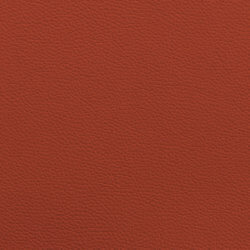
Leather II
terracotta / terracotta -
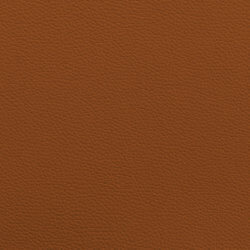
Leather II
toffee / toffee -
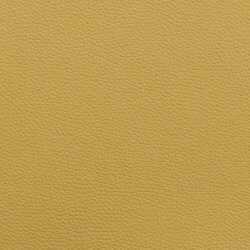
Leather II
vanille / vanilla -

Leather II
coral / coral -
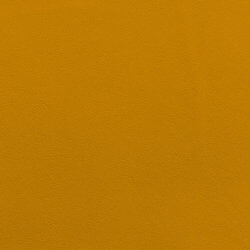
Leather II
ginster / ginster
more colours
less colours
Leather III
-

Leather III
cinnamon / cinnamon -
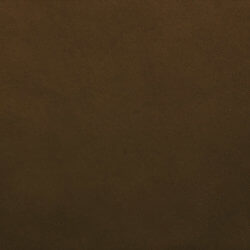
Leather III
fango / fango -

Leather III
lava / lava -

Leather III
mustang / mustang -

Leather III
natur / nature -

Leather III
navy / navy -

Leather III
nero / nero -

Leather III
pepper / pepper -

Leather III
schoko / chocolate -
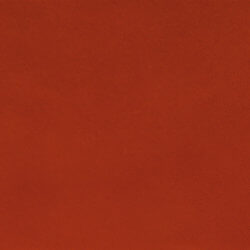
Leather III
tomato / tomato -
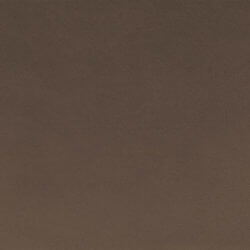
Leather III
truffle / truffle -

Leather III
wenge / wenge -

Leather III
whisky / whisky
more colours
less colours





